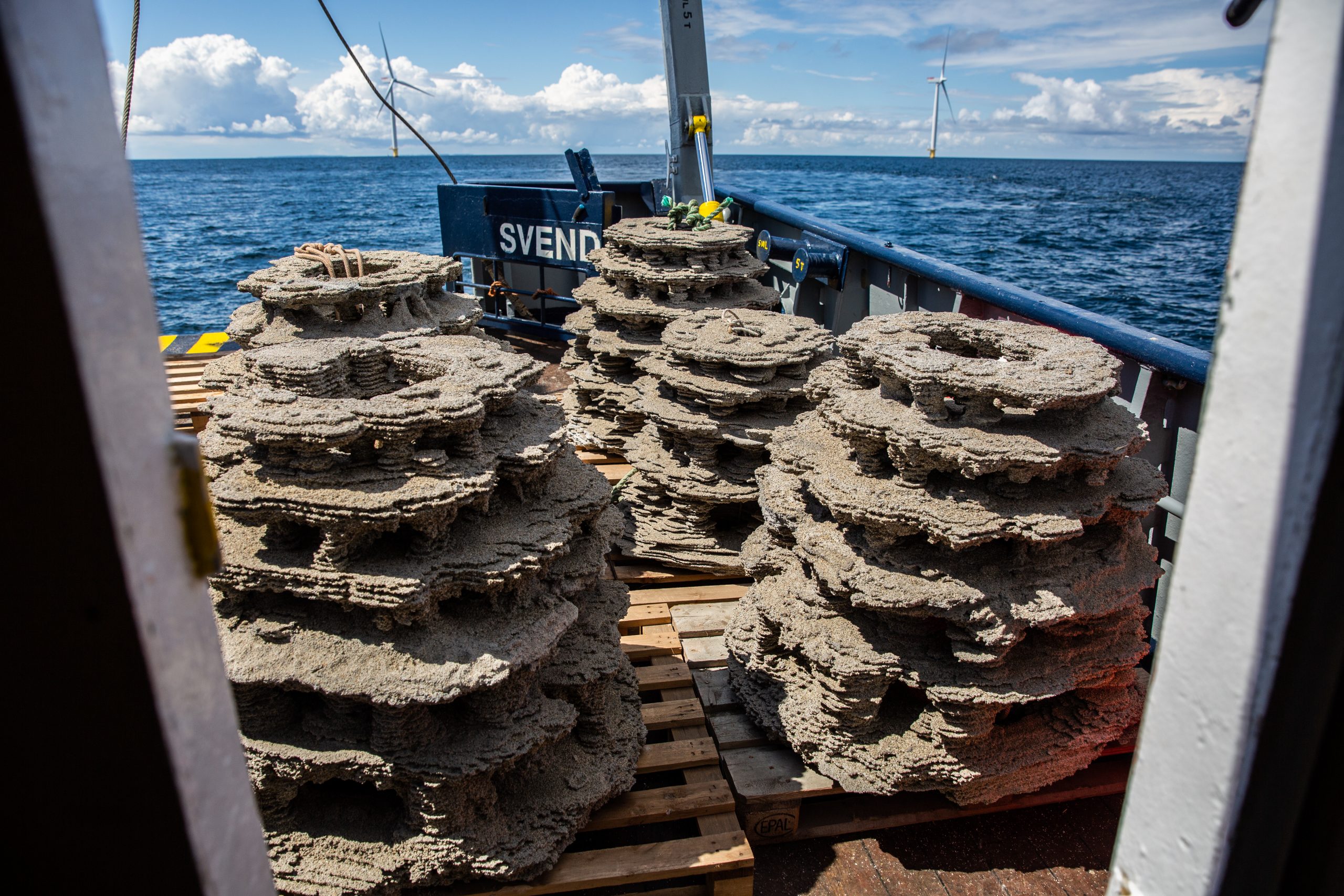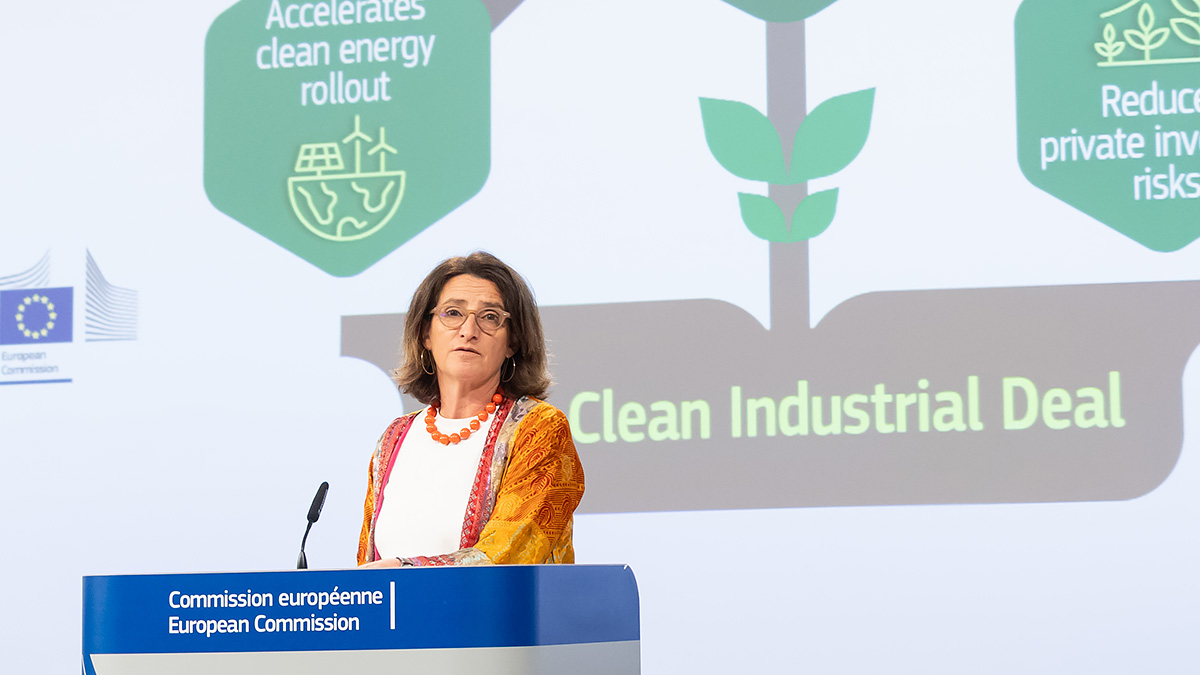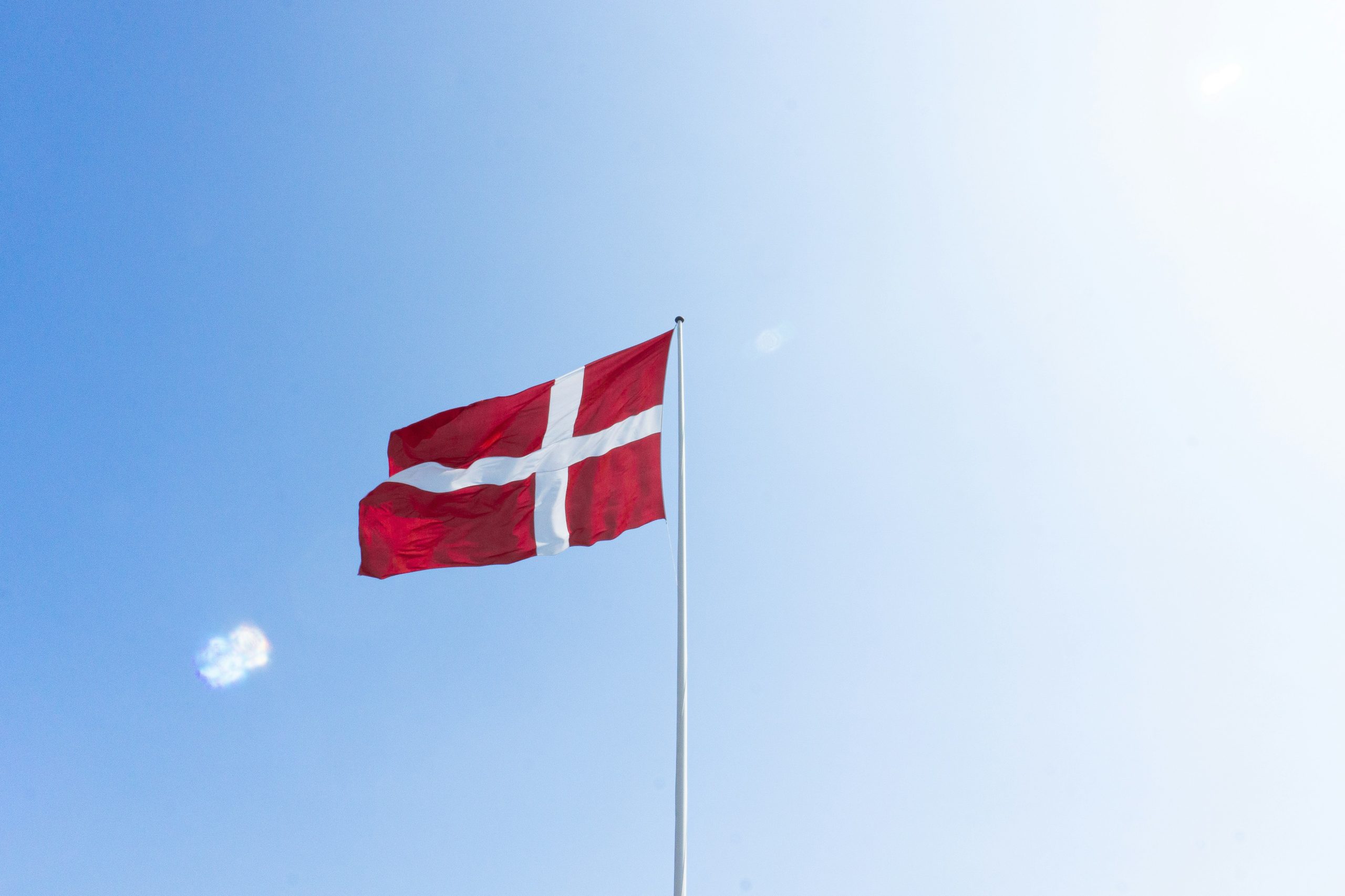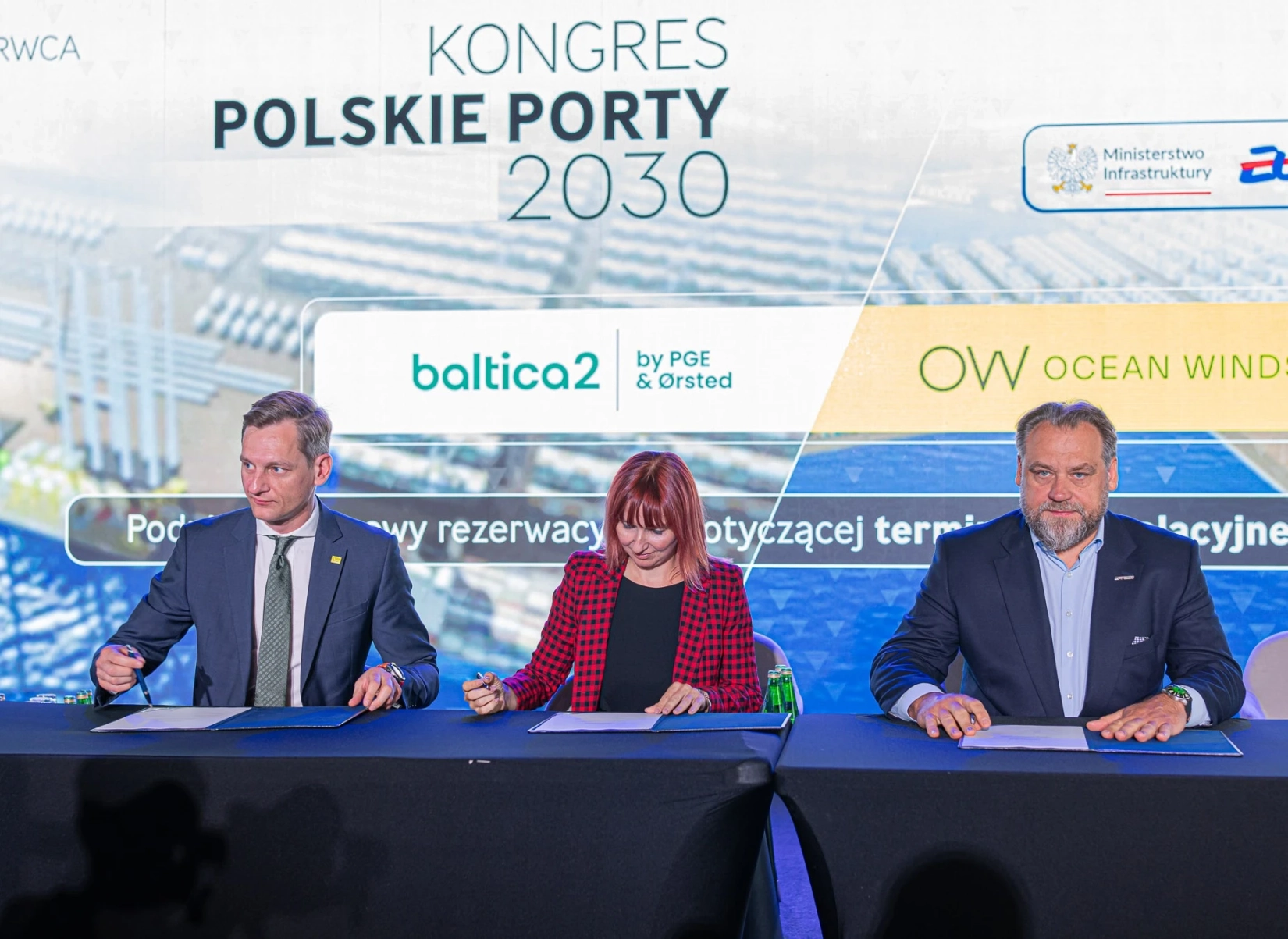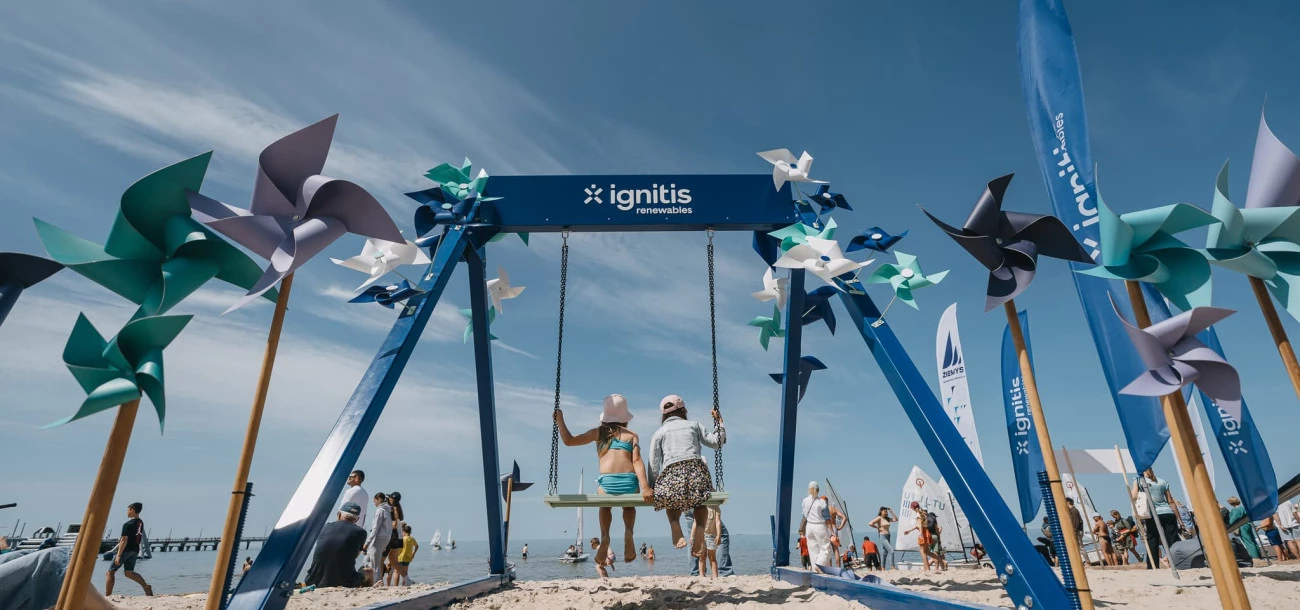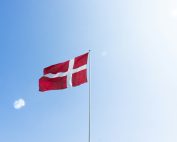Danish offshore wind developer Ørsted and environmental organization World Wide Fund for Nature (WWF Denmark) are testing how 3D printed reefs can benefit biodiversity in Kattegat, a strait between Denmark and Sweden.
For the first time, the 3D printed reefs will complement the existing boulder reefs that Ørsted established during the construction of the Anholt offshore wind farm in 2012-2013. Experts have deployed 12 3D-printed reef structures on the seabed between wind turbines at the Anholt offshore wind farm in the Kattegat, which is part of the Greater North Sea ecosystem. The Anholt offshore wind farm consists of 111 wind turbines with a total capacity of 400 MW. When completed in 2013, the wind farm was the largest in the world. During construction, Ørsted (then DONG Energy) established 24 reefs of erratic boulders within the offshore wind farm. Today, these reefs are teeming with life.
Printed in 3D, the reefs look like a wedding cake consisting of several levels that are connected to each other by holes where fish can swim in and out of their hiding places. At the same time, the structures themselves will provide surfaces and crevices to which other organisms can attach themselves.
The reefs are made of 70 percent sand and 30 percent pozzolanic cement made from volcanic ash and portland cement. These are natural materials and will not be harmful to the surrounding environment, even if parts of the reef erode over time. Artificial reefs are biocompatible due to the absence of synthetic or toxic substances of industrial origin and the moderately alkaline pH of the structures at around 8.5-9.
Overfishing destroys Denmark’s marine ecosystem
Overfishing, progressive oxygen depletion and habitat loss have led to a decline in cod stocks in Kattegat over the past 20 years. Currently, it is alarmingly low. According to WWF data, the Kattegat Strait has 90 percent less cod than in 1990. This causes a negative knock-on effect on the Kattegat ecosystem, affecting the biodiversity and resilience of the marine ecosystem.
“The ocean has enormous potential to help achieve our climate goals. Improving the health of the oceans and restoring marine biodiversity is fundamental to solving the loss of biodiversity and the climate crisis”, said Filip Engel, Vice President Sustainability at Ørsted.
In recent decades, attention has been drawn to the fact that overconsumption of marine resources has enormous consequences. On a global scale, these consequences include declining fish stocks, oxygen depletion near the seafloor and loss of habitat for marine life, such as the massive decline of seagrass meadows.
Cod is an important top predator, which means that it preys on other marine species and thus contributes greatly to the balance of the marine ecosystem. When cod abundance decreases significantly, the abundance of its prey, such as the green lipped crab, increases. As a result, seagrass is declining because crabs eat both seagrass seeds and many snails and those by themselves keep seagrass from becoming overgrown with algae, Orsted and WWF explain.
Seagrass is of great importance for both biodiversity and climate. It provides an important habitat for marine life, such as young fish, produces oxygen and stabilizes the seabed.
Last year, WWF Denmark and Ørsted installed cod shelters in coastal waters in cooperation with the Port of Grenaa and the Kattegat Center. Together, the two projects offer new habitat for cod at key stages of their life cycle.
Source: Ørsted
